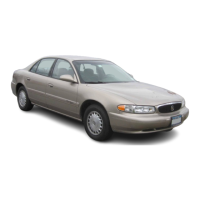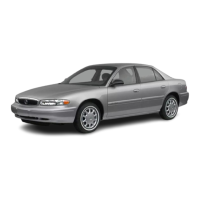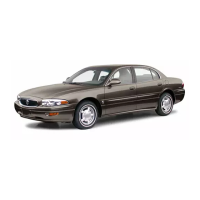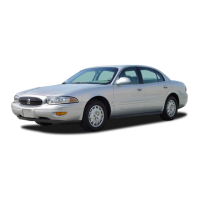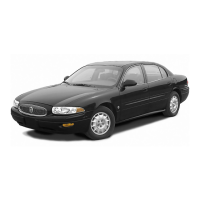Tire Chains
If
a Tire Goes Flat
Notice:
Use tire chains only where legal and only
when you must. Use only
SAE Class “S” type chains
that are the proper size for your tires. Install them
on the front tires and tighten them as tightly as
possible with the ends securely fastened.
Drive slowly and follow the chain manufacturer’s
instructions.
If
you can hear the chains contacting
your vehicle, stop and retighten them. If the contact
continues, slow down until
it
stops. Driving too
fast or spinning the wheels with chains on will
damage your vehicle.
It’s
unusual for a tire
to
“blow out” while you’re driving,
especially
if
you maintain your tires properly.
If
air
goes out of a tire, it’s much more likely
to
leak out
slowly. But
if
you should ever have a “blowout”, here are
a few tips about what
to
expect and what
to
do:
If
a front tire fails, the flat tire will create a drag that
pulls the vehicle toward that side. Take your foot
off the
accelerator pedal and grip the steering wheel firmly.
Steer to maintain lane position, and then gently brake
to
a stop well out of the traffic lane.
A
rear blowout, particularly on a curve, acts much like
a skid and may require the same correction you’d use in
a skid. In any rear blowout, remove your foot from the
accelerator pedal. Get the vehicle under control by
steering the way you want the vehicle to go. It may be
very bumpy and noisy, but you can still steer. Gently
brake to a stop
-
well
off
the road
if
possible.
If a tire goes flat, the next part shows how
to
use your
jacking equipment
to
change a flat tire safely.
5-70
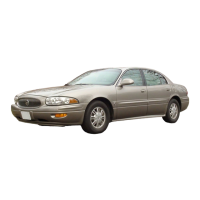
